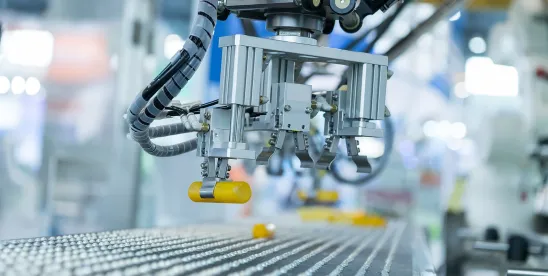Manufacturers and other companies are facing a critical shortage of skilled workers in manufacturing, technology, healthcare, construction, hospitality, and other industries that are outpacing educational institutions’ training ability. As baby boomers retire without sufficient younger workers to replace them, the problem will only worsen. Many companies are spending money on artificial intelligence (AI) to address this issue to compensate for labor shortages.
AI refers to computers that can perform actions that typically require human intelligence. For example, finding your way from Point A to Point B used to require you to use your intelligence to read a map and navigate your path. Now, however, you just tell your car’s GPS where to go, and the AI figures out how to get there, taking into account traffic patterns, speed traps, and tolls.
Just like AI can direct your driving, it can direct your employees to optimize their productivity. AI tools can help workers answer questions from customers and other workers. AI can also assume basic tasks that would typically involve employees, such as the use of customer service chatbots to answer basic questions without involving call center employees. In this way, AI can free up employees to tackle more complicated tasks that may require human creativity.
AI can also fill skill gaps. Organizations are using AI to automate detection and response to ransomware and other cyber-attacks. In the healthcare field, AI can help doctors analyze patient data and trajectories. More broadly, AI might be able to notice transferable skills better than humans can; for example, an AI algorithm might notice that your receptionist has developed skills that would make her an exceptional salesperson.
Many manufacturers use AI to scan resumes. AI can review more resumes more quickly than any HR department can. Trained properly, AI can select the best resumes and enable your team to interview higher-quality candidates.
And when your company hires someone, AI can help get your new employees up to speed faster. AI chatbots can guide new hires through the onboarding process and provide answers to questions in real time. The United Kingdom’s National Health Service is exploring the use of AI to help train new workers.
Of course, all of the foregoing uses have legal and logistical pitfalls. Using AI in a way that complies with the law and fulfills your requirements requires a robust AI governance program, which I will describe in my next post.


 />i
/>i

